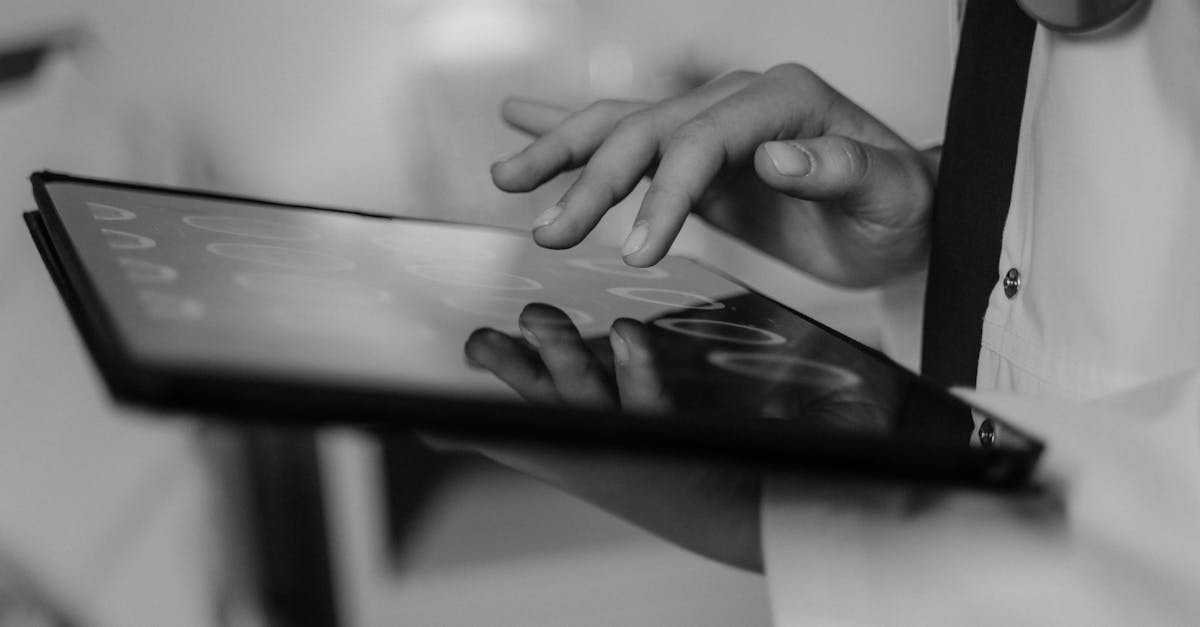Empowering 2028 Home Health Tactics
Introduction to Home Health Innovation
Home health is rapidly transforming, driven by technological advancements and a growing focus on personalized healthcare. With these changes, by 2028, home health tactics will evolve to offer more efficient and personalized care, enhancing patient outcomes. The integration of telemedicine, wearable technology, and AI-driven analytics is reshaping how care is delivered and monitored. These innovations empower patients and caregivers alike, enabling a more holistic and proactive approach to health maintenance. As the population ages, the demand for effective home health services is rising. Therefore, understanding and implementing forward-looking strategies is crucial to meeting this demand while ensuring quality and affordability.
Advertisement
Rise of Telemedicine
Telemedicine is revolutionizing how healthcare is accessed and provided, particularly in home settings. By 2028, advances in digital health platforms will allow for seamless virtual consultations, enabling patients to connect with specialists without leaving their homes. This not only saves time but also reduces transportation-related barriers. Telemedicine also facilitates continuous monitoring, allowing caregivers and medical professionals to track patient health outcomes in real-time. Enhanced video conferencing tools, integrated monitoring devices, and user-friendly interfaces will become staples in patient care, ensuring improved communication and follow-up treatments. As technology progresses, telehealth will increasingly be utilized for not only consultations but also for diagnostics and therapy sessions.
Advertisement
Wearables for Wellness
Wearable technology is set to play a pivotal role in home health by 2028. Devices such as smartwatches and biosensors deliver real-time data on various health metrics like heart rate, sleep patterns, and physical activity levels. These wearables allow patients to be more engaged with their health, promoting proactive wellness practices. Caregivers and physicians can access this data to make informed decisions on patient care plans, ensuring timely interventions. The integration of wearables into home health regimes aids in early detection of potential health issues, allowing preventative care that reduces hospital admissions. As wearable technology matures, it will become more sophisticated and personalized, adapting to individual health needs.
Advertisement
Artificial Intelligence in Home Care
Artificial Intelligence (AI) is becoming an integral part of personalized home healthcare. AI systems can analyze data from various sources, identifying patterns that indicate health risks or the need for medical intervention. By 2028, AI's role will extend to virtual health assistants capable of providing round-the-clock support. These systems will facilitate medication management, reminding patients when to take prescriptions, and monitoring adherence to treatment plans. AI-powered chatbots will bridge communication between patients, caregivers, and healthcare providers, enhancing healthcare coordination and decision-making. The technology will also streamline administrative tasks, enabling caregivers to focus more on patient care.
Advertisement
Enhanced Patient-Caregiver Collaboration
As healthcare shifts to a more home-based model by 2028, the collaboration between patients, caregivers, and healthcare providers will deepen. Digital tools will foster stronger communication channels, allowing patients to actively participate in their health journey. Such collaboration ensures that patients' preferences and lifestyle choices are integral to their care plans, improving adherence and satisfaction. Training programs and support communities will empower caregivers, offering them resources to provide optimal care. This dynamic will also involve family members and communities, creating a supportive network that enhances patient outcomes. Empowered by technology, this collaboration will redefine healthcare to be more patient-centric and holistic.
Advertisement
Integrated Health Analytics
By 2028, integrated health analytics will be central to offsite healthcare management. Through sophisticated data collection and analysis, health plans can be tailored to each patient's unique needs. This data-driven approach helps in predicting health outcomes and structuring personalized preventive measures. Advanced analytics provide insights into patients' lifestyle trends, allowing for personalized interventions to improve health metrics such as nutrition, exercise, and mental wellness. As a result, caregivers will have access to comprehensive health profiles, facilitating informed decision-making. This integration of analytics into home health ensures patients receive anticipatory care, which is both efficient and effective.
Advertisement
Remote Diagnostics and Treatments
Remote diagnostic tools will revolutionize home health by 2028, expanding the scope of on-the-spot assessments. Technologies such as portable imaging devices, home-based labs, and rapid test kits will become commonplace, allowing for professional-grade diagnostics outside traditional settings. These tools empower healthcare providers to administer timely and accurate treatments, minimizing disruptions for patients. Coupled with telehealth services, remote treatments, such as remote physiotherapy or home-administered therapies, will offer patients versatile care options. The continuous refinement of these diagnostic tools will ensure enhanced accessibility to quality healthcare, particularly for patients with mobility limitations or those residing in remote areas.
Advertisement
Promoting Mental Health at Home
Mental health will increasingly be prioritized in home health strategies by 2028, with an emphasis on integrated care covering both physical and psychological wellbeing. Virtual therapy sessions and mental wellness apps will offer patients convenient and private mechanisms to seek help. Technology-enabled solutions like virtual support groups and e-counseling will remove barriers to mental health services, promoting openness and destigmatization. AI-powered mental health assessments will allow continuous monitoring of emotional wellbeing, alerting caregivers to potential issues early on. By fostering emotional health, home health tactics of the future will lead to more balanced and fulfilling lives for patients.
Advertisement
Investing in Home Health Education
Educational initiatives are vital in equipping patients and caregivers with the skills required for home health management by 2028. Online tutorials, workshops, and digital manuals will make learning about health conditions and treatment protocols accessible. These resources empower individuals to take charge of their health, ensuring they are well-informed about best practices and advancements. Healthcare providers will offer webinars and personalized training sessions, enhancing understanding and competency among caregivers and patients alike. By fostering knowledge, health literacy is improved, which is pivotal for maintaining a healthy lifestyle and effectively managing chronic conditions.
Advertisement
Conclusion: The Future of Home Health
By 2028, home health tactics promise to revolutionize healthcare, making it more accessible, personalized, and effective. Embracing technologies like telemedicine, wearables, and AI will redefine patient care, delivering customized healthcare solutions. Collaborative efforts between patients and providers will ensure a patient-centric approach, placing emphasis on individual needs and preferences. As education and awareness grow, patients and caregivers will become empowered, ready to embrace advancements for enhanced wellbeing. This evolution marks a significant shift towards a future where health care at home is not just a convenience, but a major advancement in improving overall quality of life.
Advertisement


